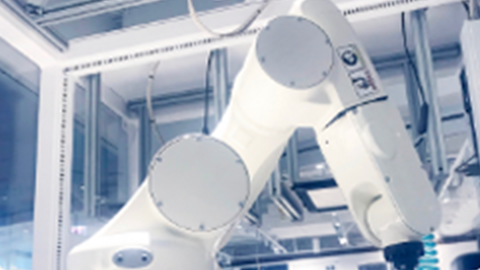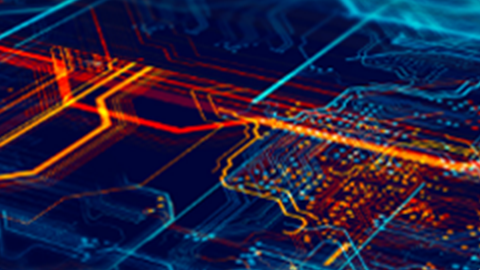Driving Transformation of Workers from Operators to Creators
April 15, 2024
.jpg)
Factories can also embody "happiness" through
seamless harmony between people and machines, creating an environment conducive
to their success, productivity, and creativity. The happiness in question arises from achieving
a perfect balance with the external environment, leading to a highly productive
and supportive interaction between human workers and machines, fostering
creativity and enabling them to find greater fulfilment and success in their
endeavours.
The journey began with the Industrial Revolution several
decades ago, where the primary goal was to improve the human condition by
eliminating poverty, increasing prosperity and generating abundance by
mechanization. This led to the emergence of the industrial engineering field,
which placed a greater emphasis on measuring the productivity and efficiency of
both humans and machines while paying less attention to human-centred
innovation due to the prioritization of mass production. As a result, the presence
of machinery on the factory floor increased, but the advancement of human
skills could not keep pace, leading to a growing sense of discord. A common
consequence of this discord in the workplace is the occurrence of injuries,
primarily stemming from physical fatigue and stress.
As technology and advanced industrial
automation, such as Industry 4.0 and 5.0 based on IoT, have been introduced
over the years, the industry is undergoing a shift from mass production to mass
customization and personalized manufacturing. This transformation is driven
by the establishment of harmonious relationships between people and machines.
As this evolution takes place, the discord between people and machines is
decreasing while upskilling is on the rise. Automation is contributing to the
reduction of fatigue and stress through various means. For instance, robots are
lessening physically demanding tasks, and AI is introducing predictability,
which greatly reduces unforeseen breakdowns.
At OMRON, we exemplify this concept through
Forpheus, the 7th generation of the Guinness Record-holding ping pong tutor
robot. Forpheus demonstrates our vision of achieving harmony between people and
machines. Instead of competing with other players, it strives to bring out the
best in them.

It evaluates the team members' empathy and
interaction levels by analyzing the players' movements and interpreting their
emotions, ultimately enhancing teamwork performance. We implement the same
principle in our factories. By utilizing adaptive AI vision and autonomous
recognition of gestures and facial expressions, we can discern variations in
productivity between an experienced professional and a novice, thereby
fostering a harmonious workplace through autonomous coaching that is tailored
to individual learning curves.
In a 5G-enabled factory environment, AI gathers
data from the manufacturing site, including workers' movements, and then
utilizes it to automatically pinpoint areas with efficiency disparities. This
is complemented by providing real-time constructive feedback (without
penalties) to both novice and experienced workers, enabling analysis of
potential skill adjustments.
This type and depth of knowledge sharing in the
workplace enhances the enjoyment, engagement, and creativity of tasks. It also
empowers workers to anticipate and rectify errors in advance, either
independently or with the assistance of downstream robots. This diminishes
frustration and fosters a heightened sense of achievement and motivation among
workers, exemplifying the true essence of "collaboration" between
humans and machines.
With the advent of Society 5.0 on the horizon,
this concept holds considerable significance within industrial automation and
manufacturing circles. At the core of Society 5.0 is the aim to empower individuals
to generate value anytime and anywhere. When viewed through a manufacturing
lens, this becomes even more crucial as the industry strives to cultivate a
sustainable workforce.
All of this culminates in the transformation of
workers from "operators" to "creators" by facilitating
their progression through the "Internet of Abilities," rather than
solely the "Internet of Things."





.jpg)
.jpg)
.jpg)
Comment